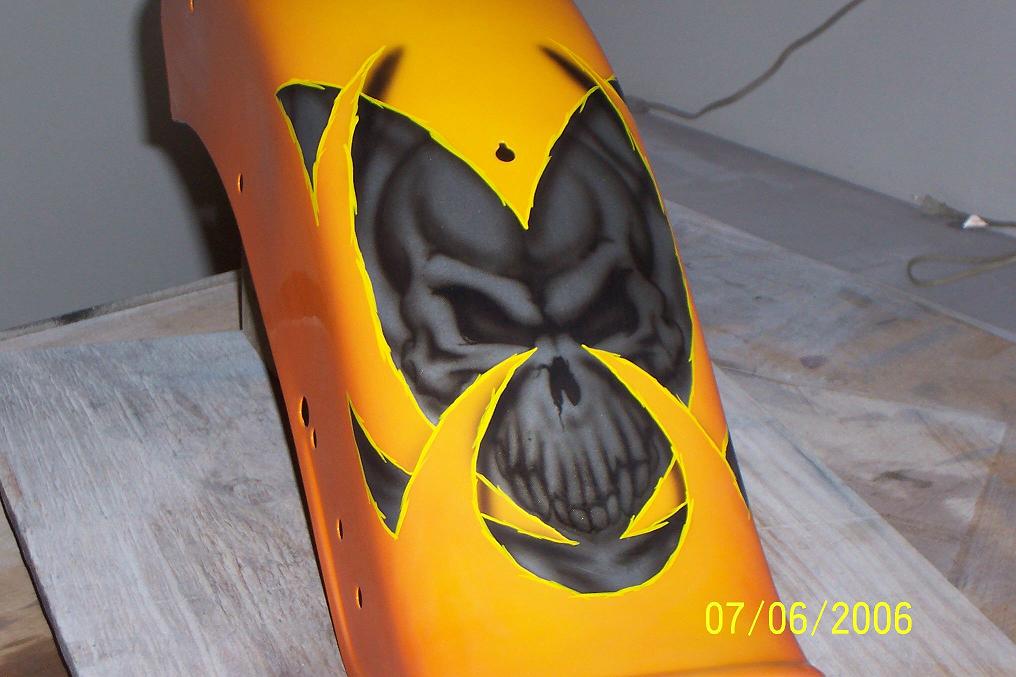
 |
|
||||||||||||
|
|
|||||||||||||
|
|
|||||||||||||
|
|
|||||||||||||
|
There are types of alkyd varnishes: for outdoor or indoor work, for universal work. Disadvantage: long (up to 72 hours) drying time of the lacquered surface. To eliminate this disadvantage and to reduce drying time hardeners are used in production, thus reducing the drying time to 24 hours. Alkyd paints: GF-166, GF-280, GF-177, PF-170, PF-171, PF-283, PF-231 (parquet), PF-587 and others. Nitrocellulose Nitrocellulases are widely demanded by domestic consumers because of its low cost and almost "instantaneous" (up to one hour) drying time. These advantages overshadow the obvious disadvantages of the product: - toxicity; - the need to use respiratory protection; - Low moisture resistance; - the long-term presence of the odor of lacquer in the painted room. Nitrolacquers have an increased resistance to mineral oils and gasoline. But this quality is not relevant when using them in the living room. Some manufacturers improve the moisture resistance by adding alkyd resins to the composition. It should be noted that this type of varnish is practically not used in developed countries because of the increased toxicity. Buy the nitrolac can be the following brands: HC-218, HC-551, HC-222, HC-243, HC-62, HC-134, HC-2144, HC-228, HC-276, HC-5198, HC-221, etc. Oil These are products that combine organic solvents, vegetable oils, synthetic and natural resins as constituent elements. The surface painted with oil varnish is transparent and hard. The color of the coating after drying, depends on the type of binders, and can vary from light yellow to dark brown. This allows you to get a rich palette of shades of lacquered surface. Oil varnishes are used to varnish wooden items or to improve the appearance of surfaces previously treated with oil paints. The drying period varies from a few hours to a day. Drying rate depends on the humidity and temperature environment. Disadvantage of the material: low resistance to abrasion, exposure to detergents. Buy oil-based coatings are available brands: MA-401, MA-592, MA-594 (Mordan). Bituminous . This type of varnishes contains in its composition bituminous coal or oil bitumen dissolved in the organic solvent (often - white spirit or its mixture with solvent or xylene). Bitumen varnishes are classified into: oil and oil-free (depending on the composition). After application of the oil-based material, an insoluble and non-melting coating is formed, while the oil-free one is fusible. Among the main properties of this type of varnish are high moisture resistance, the ability to effectively protect metal surfaces from corrosion, excellent dielectric characteristics. But the materials have some disadvantages, for example, insufficiently high light resistance (refers to oil-free). Bitumen compositions are used in construction industry, in many branches of industrial production, but most widely - in electrical engineering: to protect motors, parts and units of electrical machinery from corrosion. Bitumen coating varnishes for electrical insulation are available: impregnating (BT-987, BT-980, BT-988), bonding (BT-95), coating (BT-982, BT-99). Also in demand: BT-5100, BT-577, BT-783. |
|
|
|
|
|
|
|
| Site Map |